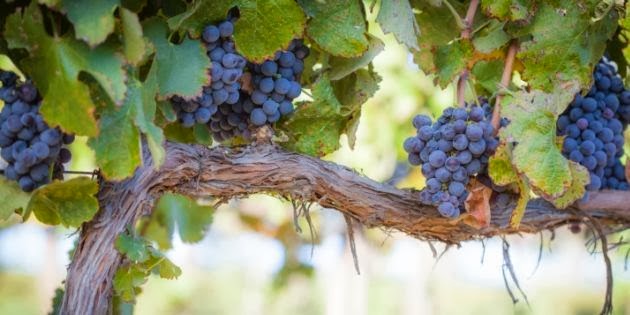What it Means to Abide in Christ – by Babatunde Olugboji
To “abide” signifies to live, persist, or remain; thus, to abide in Christ means to live in him or to remain in him. When an individual is saved, he or she is referred to as being “in Christ” (Romans 8:1; 2 Corinthians 5:17), secured in a lasting relationship (John 10:28-29). The distinction between those who abide in Christ and those who do not is the difference between the saved and the unsaved.

The concept of abiding in Christ is stated in 1 John 2:5-6, where it is equated with “knowing” Christ (verses 2 and 3). Later in the same chapter, John correlates “remaining” in the Father and the Son with the assurance of eternal life (verses 24 and 25). Biblically, the terms “abiding in,” “remaining in,” and “knowing” Christ refer to the same concept: salvation.
The expression illustrates a profound, intimate relationship, rather than a mere superficial acquaintance. In John 15:4-7, Jesus instructs his disciples that deriving life from him is crucial, employing the metaphor of branches connected to a vine. Without that essential union with Christ that salvation offers, there can be no life and no productivity. In other passages, the Bible compares our relationship with Christ to that of a body with a head (Colossians 1:18) – another vital union.
Some individuals interpret the warning found in John 15:6 (branches that do not remain in the vine are discarded and burned) to suggest that Christians are perpetually at risk of losing their salvation. In other words, they argue that it is feasible to be saved yet not “abide,” which would lead to being cast away.
However, this notion could only hold if “abiding” were considered distinct from salvation, implying a level of intimacy with Christ that one must strive to achieve after being saved. The Bible clearly states that salvation is granted by grace and is sustained by grace (Galatians 3:2-3). Furthermore, if a branch could somehow detach from the vine, leading to the loss of salvation, it would contradict other explicit passages in Scripture (refer to John 10:27-30).
The True Vine metaphor is best understood in this manner: Jesus is the True Vine, without question. The branches that “abide” in him are the genuinely saved. They possess a real and vital connection to the saviour. The withered branches that do not “abide” in him represent the unsaved pretenders who feigned a connection to the vine but drew no life from him. Ultimately, the pretenders will be revealed for what they truly are: mere hangers-on who lack an authentic bond with Jesus. For example, at some point, both Peter and Judas appeared to be identical in their journey with Christ. However, Peter was connected to the Vine; Judas was not.
One of the evidences of salvation is perseverance, which refers to a sustained commitment to Christ. Those who are saved will persist in their relationship with Christ (see Revelation 2:26). In other words, they will “abide” or remain connected to him. God will fulfil his purpose in them (Philippians 1:6), and they will produce abundant fruit for the glory of God (John 15:5). Conversely, those who stray, reject Christ, or fail to remain in him merely demonstrate their absence of saving faith. While abiding does not constitute the means of our salvation, it serves as an indicator of genuine salvation.
Indicators of abiding in Christ (i.e., signs that one is authentically saved rather than merely pretending) encompass obedience to Christ’s teachings (John 15:10; 1 John 3:24); emulating Jesus’ behavior (1 John 2:6); living free from persistent sin (1 John 3:6); and possessing an awareness of a divine presence within one’s life (1 John 4:13).
Are you an ‘abider?’
Have a great week!
Questions or comments?
+1-732-554-1376 (WhatsApp)


